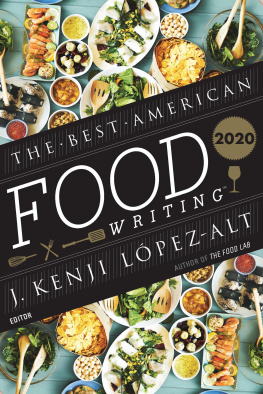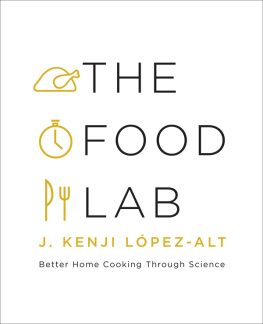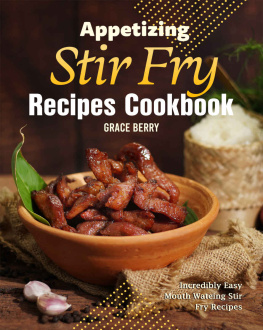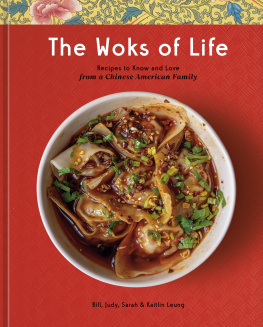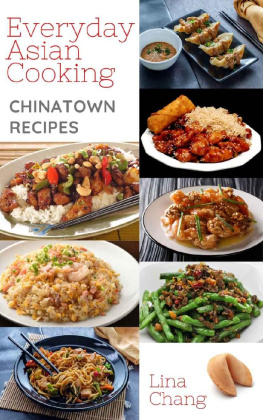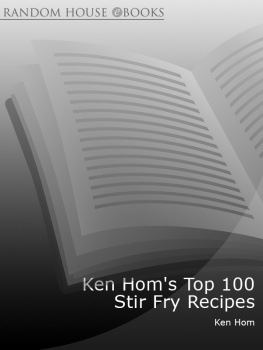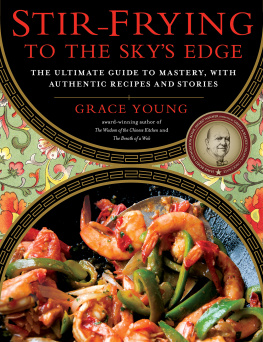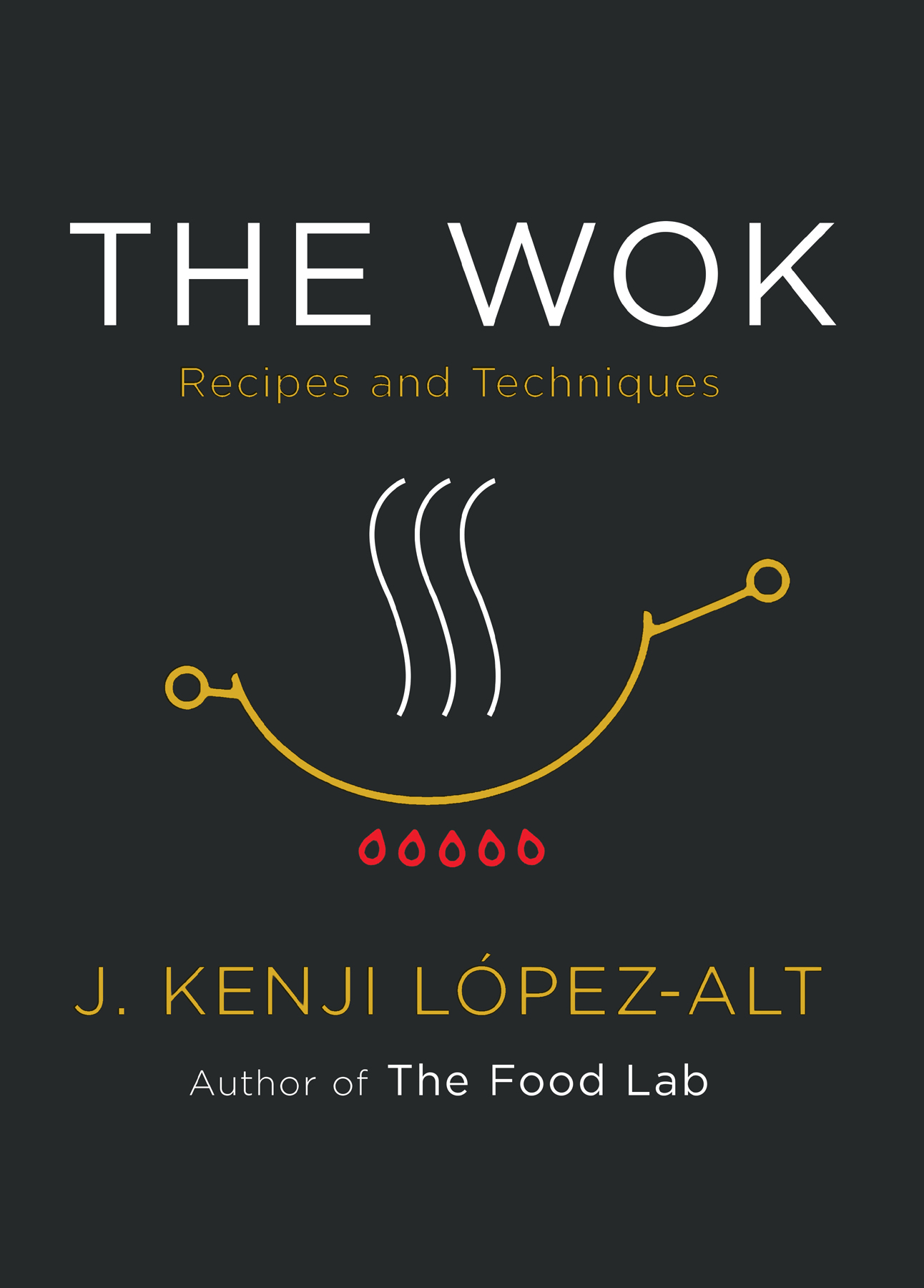Contents
Guide
Page List
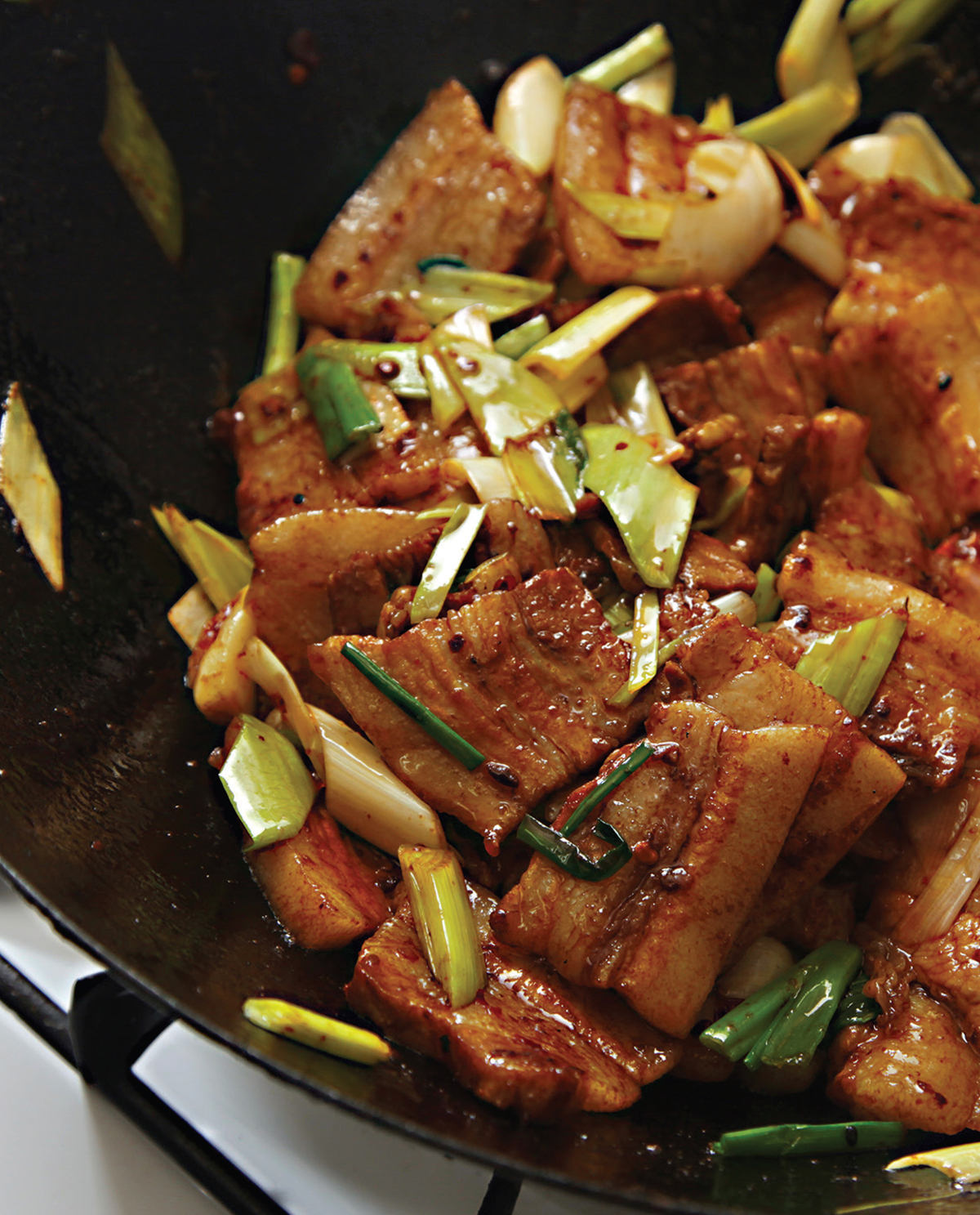
the
Wok
Recipes and Techniques
J. KENJI LPEZ-ALT

To Adri for putting up with all of this again.
To Alicia for her patience as I finished the noodle chapter.
To Wombat who I cant wait to cook for.
To Fred, Keiko, Pico, Aya, Jita, and Kachan for all the great meals weve shared over the years.
To Maria, whose pride I strive to earn, even in her passing.
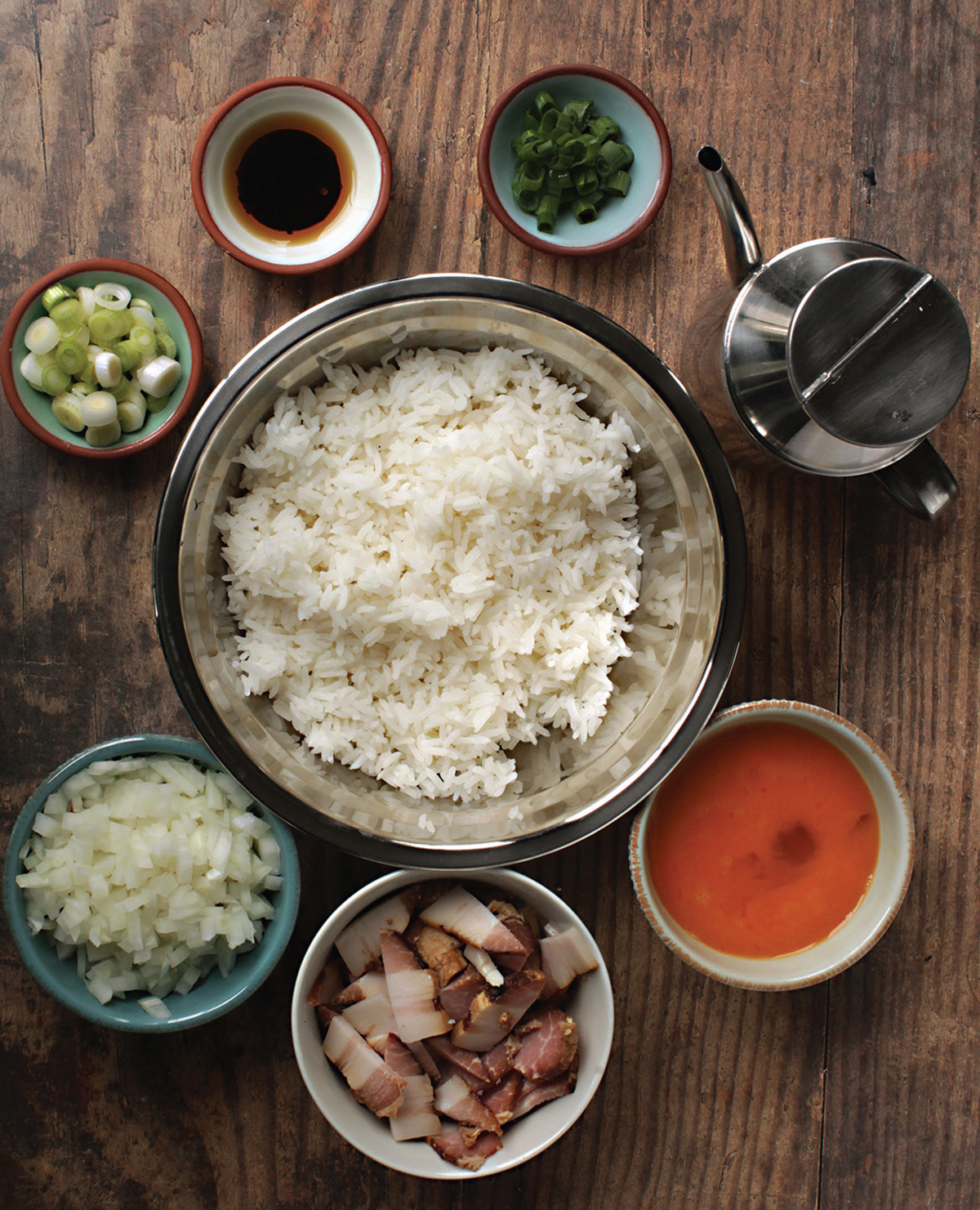
contents
If you are going to follow links, please bookmark your page before linking.
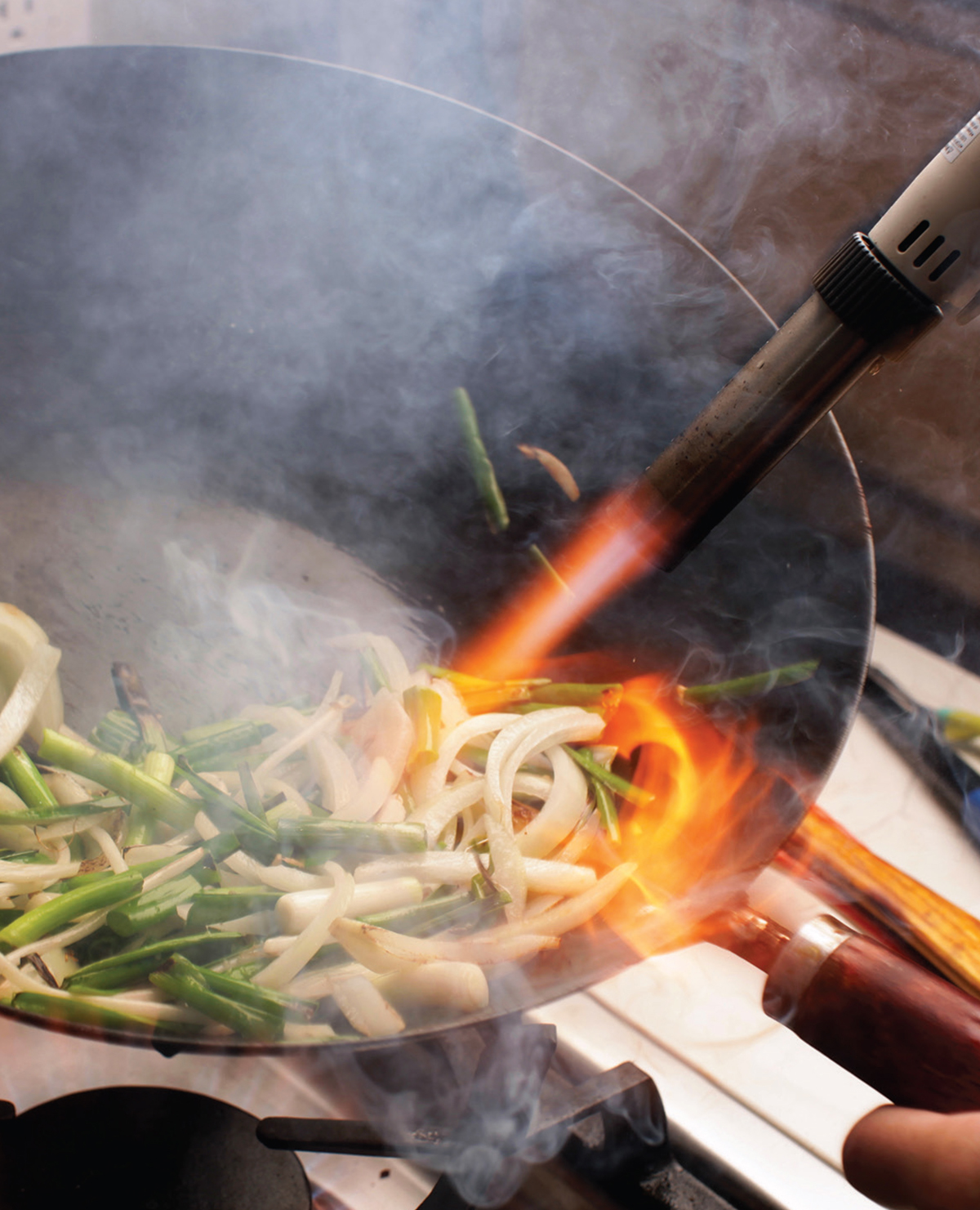
Meet the Most Versatile Pan in Your Kitchen
Since writing my first book, The Food Lab: Better Home Cooking Through Science, a lot of things have changed. I spent several years living in San Mateo, California, before moving to Seattle. I now have a normal-sized American kitchen though I dearly miss my small, extraordinarily functional New York galley-style kitchen (I actually have to walk between my counter and my stovetop, much to my chagrin). Im something called a YouTube Creator and an influencer. Ive got kids!
All of these factors mean that fast, fresh cooking is the order of the day, and thats why I reach for my wok more than any other pan in my kitchen.
Do you know the principle of Chekhovs gun? Its a basic rule in good storytelling coined by Russian playwright Anton Chekhov that states that if a loaded gun is introduced to the story, it had better go off before you reach the end.
Dear readers, I apologize, for I broke this rule in The Food Lab. My Chekhovs gun? The wok. Despite spending two pages expounding on its usefulness, despite declaring that it is the most commonly used pan in my home kitchen, I failed to provide a single recipe for it. Here I intend to fix that. By the end of this book, not only will you be firing out delicious recipes from your wok left and right; youll have learned the skills required to throw together a meal using virtually any meat, vegetable, or plant-based protein source you find in your fridge, whether you have a lazy afternoon to cook or a harried half hour while simultaneously handling a toddler.
As far as putting dinner on the table quickly and easily, nothing beats stir-frying in a wok. Its the quintessential weeknight supper. Because the actual cooking is so fast, its also an ideal summer mealno heating up the house with a hot oven or a long-simmering pot. Its also a fantastic way to showcase good ingredients. Vegetables retain their bright color and crunch, proteins come out tender and flavor-packed.
And theres no reason to stick with just Asian ingredients! Asparagus, corn, zucchini, string beans, peas, fava beans, almost any firm vegetable you can think of makes for wonderful stir-fries. The Asian American restaurant staples of beef, pork, chicken, and shrimp are also only the tip of the iceberg. Firm fish and shellfish are prime stir-fry candidates, as are tofu, seitan, and other vegetarian protein sources.
But it doesnt end there! The wok is also the ideal vessel for deep frying at home (good-bye, stovetop splatter); you can use it to steam vegetables, dumplings, and, well, anything steamable; it doubles as an indoor quick-smoker (home-smoked cheese! Home-smoked duck! Home-smoked whiskey!); and its great for stovetop-braising meats and vegetables.
When it comes to producing quick, flavorful, and versatile meals, the wok beats every other pan in the kitchen, hands down.
Wok History
There are plenty of other books that talk about the history of the wok. Im a cook with a penchant for science, not a historian, so I see no reason to go into great detail here when other people already do it so much better.
Long story short: The origins of the wok are unclear, but in all likelihood it was introduced to China from a neighboring country sometime during the Han Dynasty (right around the BC to AD changeover) as a clay vessel, designed for drying grains. By the Ming Dynasty, around seven hundred years ago, metal woks used for stir-frying were popularized and have gone on to become the most common cooking method throughout the country.
My own introduction to the wok was during the MacGyver dynasty (right around the eighties-to-nineties changeover) as an infomercial, designed for selling kitchen gadgets. By the MacGyver reboot dynasty, it had gone on to become the most common cooking method throughout my kitchen.
Its The Great Wok of China! exclaims Arnold Morris in the middle of his half-hour infomercial. The late 1980s were prime infomercial time, and, along with Mr. Wizards World and He-Man, they were a staple of my childhood viewing. I loved all those kitchen gadgets, but even then I could see through most of them as a gimmick. Ron Popeils Chop-o-Matic (The greatest kitchen appliance ever made!), and Showtime Rotisserie (Set it and... you can finish the rest, Im sure) captured my attention, but not my curiosity. But that hand-hammered wok!
I was familiar with woks growing up. My mother, who moved to the United States from Japan in her late teens, had a small carbon-steel number that she used for deep frying gyoza and Japanese-style croquettes or for making fried rice and Chungking Pork (check out for my updated version of her recipe). But it was through one of those infomercials that I really started getting curious about the wok.
My current wok is the same one that Ive used since buying it in the early 2000s. The quality of my relationship with it is only barely bested by that with my wife, my daughter, and some members of my extended family.
If you are ready to start down the path of your own lifelong commitment to an inanimate object, then read on.
Sidebar
Why Technique over Recipes?
Dont get me wrongthere are plenty of recipes in this book, and if youre the type who just wants to follow instructions and leave the planning to someone else, thats totally fine. I promise, the recipes will work for you. But if, on the other hand, you have that desire to be in charge of your own destiny, to cook that meal thats custom-suited for future you, then I hope youll find the lengthy in-between-the-recipes sections of this book even more interesting.
I like to think of cooking as a map. Following a recipe is like getting turn-by-turn instructions, your face buried in your smartphone. Sure, with good recipes, you can get from point A (raw ingredients) to point B (delicious meals), and sometimes thats all you want. But learning the science and technique behind those recipes! Thats like being given an atlas. Its full access to all of Google maps, from the biggest birds-eye view to the details on each street.
With that map at your disposal, you may find a better, more efficient way to get from A to B, custom-suited to your cooking style or kitchen. You may, in fact, find that youd rather go to B-prime, or maybe even points X, Y, or Z. Sometimes you might plan on going from A to B but find youre up against a roadblock. Youre missing one of the ingredients in the list, or perhaps a piece of equipment. No problem. Armed with that map, with those techniques and science, youll be able to find an alternate route with ease.



